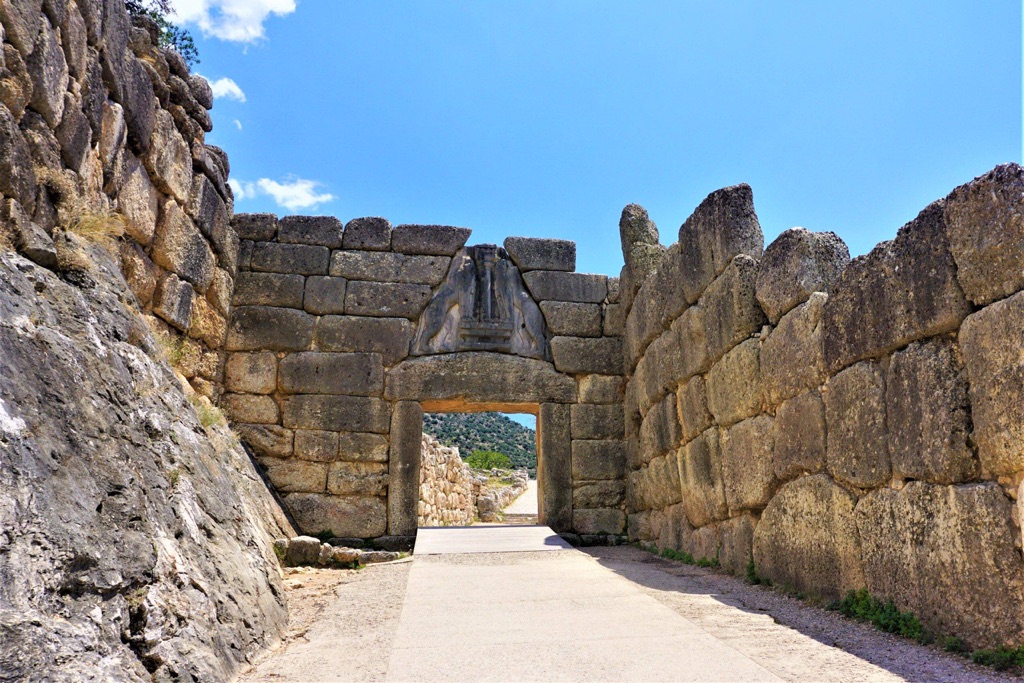The Mycenaean Lion Gate, located in Mycenae, Greece, is a monumental piece of Bronze Age architecture. Built around 1250 BC, it served as the main entrance to the citadel of Mycenae. Its most distinctive feature is the relief sculpture of two lionesses in a heraldic pose that stands above the gate lintel. This symbol of power and authority has become an iconic representation of Mycenaean civilization.
Get your dose of History via Email
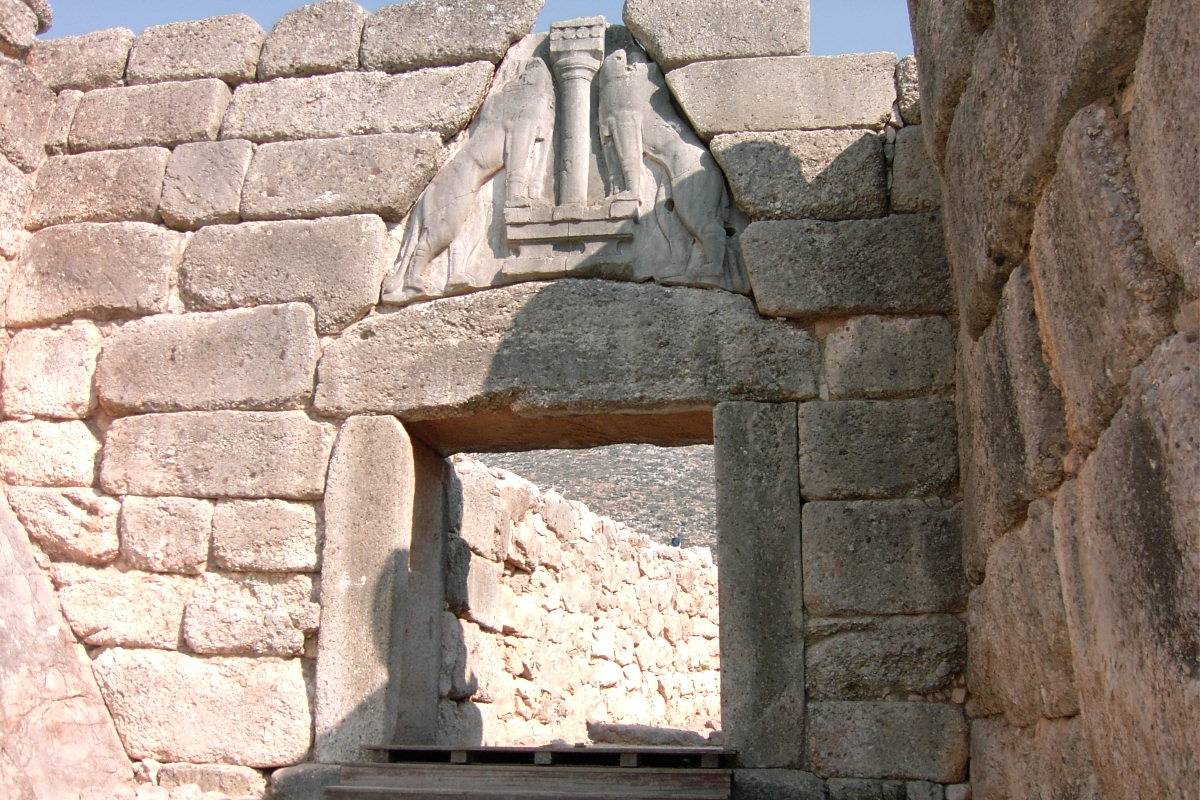
Historical Background of Mycenaean Lion Gate
In the heart of the Peloponnese, Mycenae was a significant city in the Bronze Age. It was the center of the Mycenaean civilization, which thrived from 1600 to 1100 BC. The Lion Gate, constructed during the height of this civilization, was a testament to their architectural prowess and power.
The gate was built as part of the fortification walls that surrounded the city. Its construction was a feat of engineering, with the use of massive stone blocks and a sophisticated understanding of weight distribution. The gate was not just a functional structure but also a symbol of the city’s might, with the lionesses serving as guardians of the citadel.
The Lion Gate survived the fall of the Mycenaean civilization and stood undisturbed for centuries. It was rediscovered in the 19th century by archaeologist Heinrich Schliemann, who also unearthed the ancient city of Troy. Since then, it has become a symbol of Mycenaean culture and a significant archaeological site.
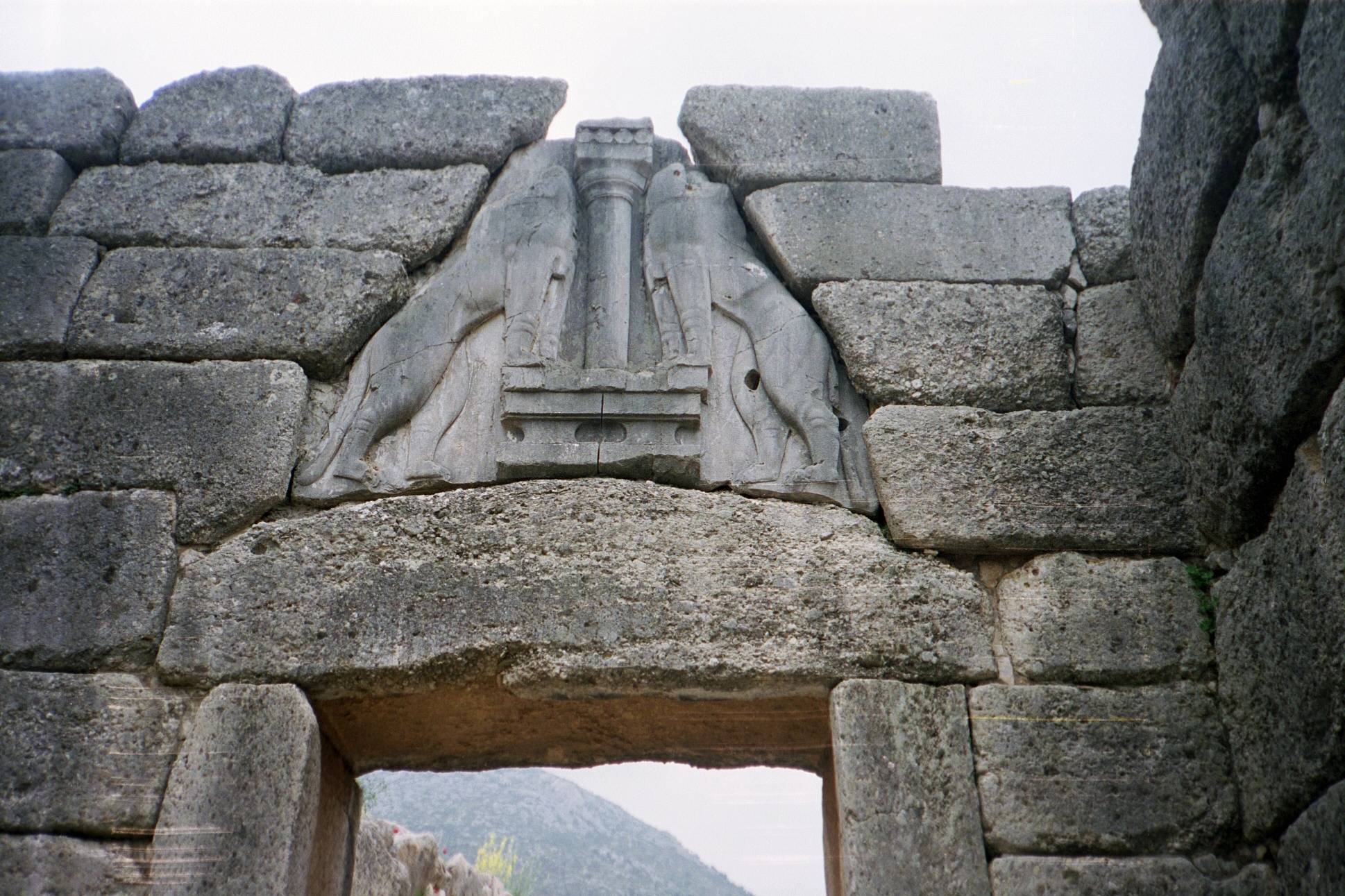
Architectural Highlights/About the Artifact
The Lion Gate is a post-and-lintel structure, with two massive monolithic pillars supporting a large lintel. Above the lintel is a triangular block featuring the relief of two lionesses. This relief, carved from a single block of stone, is one of the earliest examples of monumental sculpture in Europe.
The lionesses are depicted in a heraldic pose, standing on their hind legs with their front paws resting on a central pillar. The heads of the lionesses, which were likely made of a different material, are missing. Despite this, the relief is remarkably well-preserved, with the intricate details of the lionesses’ bodies and the pillar still visible.
The gate itself is over 3 meters wide and nearly 3 meters high, large enough to allow chariots to pass through. The massive stones used in its construction, some weighing several tons, were fitted together without the use of mortar, a testament to the Mycenaeans’ skill in stone masonry.
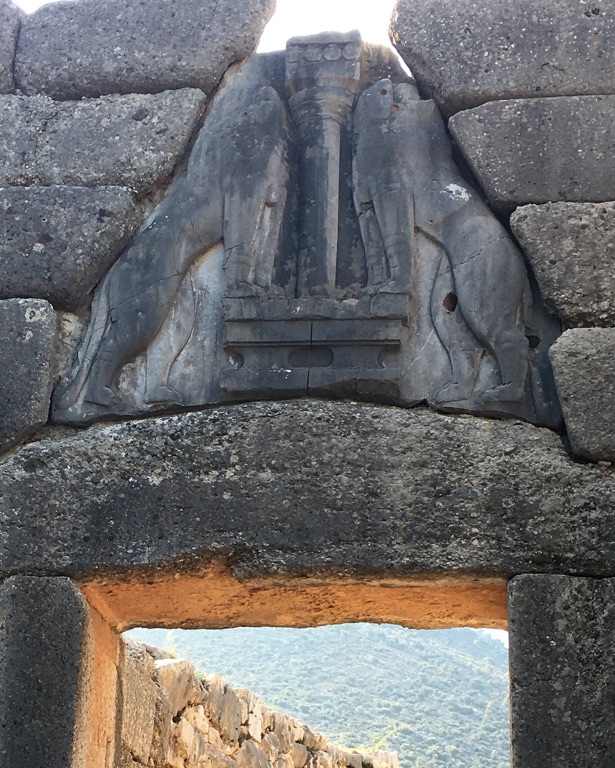
Theories and Interpretations
The meaning behind the Lion Gate’s relief has been a subject of much debate among scholars. Some believe that the lionesses represent a goddess associated with power and fertility, while others suggest they symbolize the Mycenaean rulers’ authority.
The central pillar that the lionesses rest their paws on is also a subject of interpretation. Some scholars suggest it represents the palace or the city of Mycenae itself, while others believe it symbolizes the divine power that the Mycenaean rulers claimed to possess.
Despite the various theories, the exact meaning of the Lion Gate’s relief remains a mystery. What is clear, however, is its symbolic importance in Mycenaean society, serving as a potent symbol of power and authority.
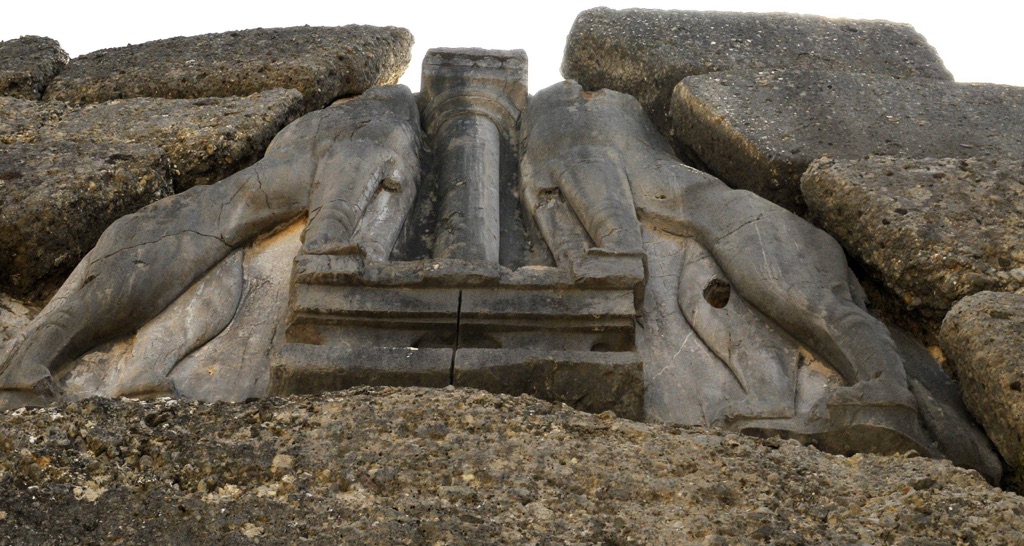
Good to know/Additional Information
Today, the Lion Gate and the archaeological site of Mycenae are UNESCO World Heritage Sites. They attract thousands of visitors each year, who come to marvel at the architectural achievements of the Mycenaeans and learn about their fascinating civilization.
The Lion Gate is not the only significant structure in Mycenae. The site also features the Grave Circle A, where Schliemann discovered the so-called “Mask of Agamemnon,” and the Treasury of Atreus, a magnificent tholos tomb.
Visiting the Lion Gate is like stepping back in time, offering a glimpse into the grandeur of the Mycenaean civilization. It stands as a testament to the skill and creativity of the Mycenaean people, and their enduring influence on Greek art and architecture.
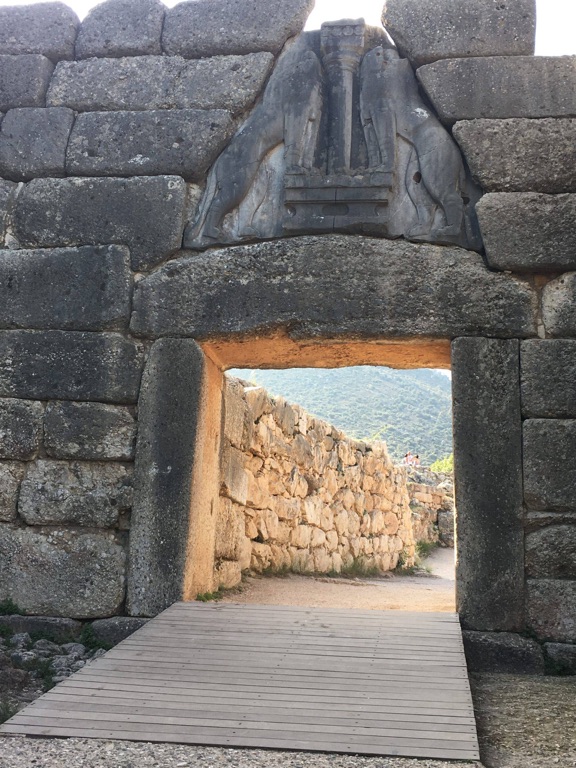
Conclusion and Sources
The Mycenaean Lion Gate is a monumental piece of Bronze Age architecture that continues to captivate scholars and visitors alike. Its imposing structure and intricate relief serve as a powerful symbol of the Mycenaean civilization and its architectural prowess.

For further reading and references, please refer to the following sources:

